नागेन्द्रहाराय त्रिलोचनाय भस्माङ्गरागाय महेश्वराय।
नित्याय शुद्धाय दिगंबराय तस्मै नकाराय नमः शिवाय।
Salutations to Bhagwan Shiva, adorned with the king of serpents, three-eyed, smeared with sacred ash, eternal, pure, clothed in the directions, and symbolized by the syllable 'Na' in the Panchakshara mantra.
Bhagwan Shiva, the Adiyogi and supreme ascetic, is often depicted with a coiled serpent, Vasuki, around His neck. This powerful imagery is not merely symbolic but deeply spiritual, reflecting the control of primal energy, fearlessness, and transcendence.
Spiritual Meaning of Shiva's Snake (Lessons)
In Sanatan Dharma, snakes (Nagas) represent protection, kundalini energy, rebirth, and the cyclical nature of life. When Shiva wears a snake, it is not out of ornamentation, but as a demonstration of His mastery over time (Kaal), death, and fear. Positioned at the Vishuddha Chakra (throat), the snake signifies Shiva’s ability to transmute poison into wisdom, suppression into expression, and chaos into stillness.
The snake teaches us:
- To face fear directly.
- To embrace transformation and spiritual rebirth.
- That surrender to divine will leads to liberation.
- To master inner energies (Kundalini Shakti).
About Vasuki (Lord Shiva's Serpent)
Vasuki, the king of serpents, is a central figure in Shiva's iconography and Vedic lore. Born to Sage Kashyapa and Kadru, the mother of serpents, Vasuki is one of the most revered Nagas mentioned in Hindu scriptures. Among his siblings, he is known for his nobility, strength, and unwavering devotion to the Divine.
In iconography, Vasuki is shown coiled around Lord Shiva's neck, resting near the throat where Shiva holds the halahala poison. This placement is deeply symbolic:
- Fearlessness: Despite his proximity to destructive poison, Vasuki remains calm, reflecting the spiritual courage required to transcend fear.
- Surrender: He voluntarily wraps himself around Shiva in a gesture of devotion and service, symbolizing the ego's surrender to the higher Self.
- Awakened Energy: As the serpent resting at the Vishuddha Chakra (throat), he represents kundalini in its pure, expressive, and truth-aligned state.
- Transformation: Like all serpents that shed their skin, Vasuki symbolizes renewal and spiritual rebirth. In Shiva's presence, this transformation is elevated to divine significance.
Vasuki also played a pivotal role in the Samudra Manthan (Churning of the Ocean). He offered himself as the churning rope between the devas and asuras, enduring immense pain and suffering to bring forth amrita (nectar of immortality). This self-sacrificial act highlights Vasuki's spiritual strength and his alignment with cosmic order, making him not just a passive symbol, but an active participant in maintaining dharma.
By being so intimately associated with Shiva, Vasuki reminds seekers of the power of humility, service, and unwavering trust in the Divine.
Kundalini Awakening
In yogic traditions, the serpent is the symbol of Kundalini Shakti, the dormant energy located at the base of the spine. As it awakens, this energy travels through the chakras, ultimately merging with universal consciousness at the crown (Sahasrara Chakra).
Shiva, as the embodiment of pure consciousness, wears Vasuki at His throat to show the culmination of this awakening, truth expressed without fear, clarity without distortion, and inner power under divine command.
The snake thus becomes a metaphor for inner evolution, where primal energies are purified and directed toward spiritual liberation.
Other Snake Deities in Hinduism
Snakes in Hinduism are not merely creatures but divine beings with cosmic roles. The prominent serpent deities include:
- Ananta Shesha – The infinite cosmic serpent and seat of Lord Vishnu.
- Vasuki – Lord Shiva's companion, symbol of surrender and protection.
- Takshaka – Guardian of sacred knowledge.
- Manasa Devi – Serpent goddess associated with fertility, healing, and protection.
These deities bridge the material and spiritual realms and are invoked for protection, prosperity, and spiritual strength.
Sheshnaag
Sheshnaag, also known as Ananta, is the serpent with a thousand hoods who supports the earth and serves as the resting place for Lord Vishnu. He is the embodiment of stability, cosmic balance, and sattva guna (purity).
His form symbolizes the infinite cycle of creation and dissolution. Shesha is always in meditative balance, representing detachment, dharma, and unwavering spiritual commitment.
Naags or Nagas
Naags (serpents) are divine semi-deities born of Kadru and Sage Kashyapa. Revered in scriptures like the Mahabharata and Puranas, they are associated with rain, fertility, hidden wisdom, and ancestral energies.
While some naags became forces of adharma, others like Shesha and Vasuki rose through tapasya and service. They are often worshipped at anthills and sacred groves, believed to guard treasure, both material and spiritual.
Famous Snake Temples in Bharat
- Mannarasala Temple (Kerala) – Dedicated to Nagaraja, surrounded by over 30,000 serpent idols.
- Nagchandreshwar Temple (Ujjain, MP) – Open only on Nag Panchami, this shrine sits atop Mahakaleshwar Temple.
- Subramanya Temple (Kukke, Karnataka) – Major center for Sarpa Dosha remedies.
- Hardevja Temple (Jaipur) – Snake god worshipped for family and fertility blessings.
Famous Snake Festivals
-
Nag Panchami –
Celebrated in Shravan month; devotees offer milk and prayers to snakes for protection and blessings.
Read More: About Nag Panchami -
Skanda Shashti –
Associated with Lord Kartikeya (Subramanya), often linked to serpent energy in South India.
Read More: Skanda Shashti - Naga Chaturthi / Naga Panchami in Karnataka and Andhra – Regional variations of snake worship with rituals for family harmony.
Conclusion
The snake around Bhagwan Shiva’s neck is a profound symbol of fearlessness, transformation, and divine mastery. Through Vasuki, we understand that what is feared can be sacred, what is primal can be spiritual, and what is coiled in darkness can rise to divine light.
By honoring snake deities, engaging in serpent worship, and reflecting on Shiva's serene control over Vasuki, we are guided to rise above fear, awaken our inner power, and walk the path of liberation with courage, clarity, and compassion.
Products & Services Associated with Snakes
Shivling
The Shivling represents the formless, eternal nature of Bhagwan Shiva and is worshipped as a symbol of transformation and divine union.
Click Here to buy
Ashtadhatu Naag Nagin Set
This sacred pair symbolizes the balance of masculine and feminine serpent energies and is ideal for home worship to honor Nagas.
Click Here to Buy
Sarp Dosh Nivaran Puja
A Vedic ritual to pacify the effects of Sarp Dosh and promote peace, fertility, and relief from ancestral karmic issues.
Click Here to Buy
Kaalsarp Dosh Nivaran Puja Trimbakeshwar
A powerful remedy performed at Trimbakeshwar Jyotirlinga to neutralize Kaalsarp Yog and realign your spiritual path.
Click Here to Buy
Naag Dosh Nivaran Puja
Recommended for those suffering from Naga-related karmic imbalances, this puja invokes blessings from Naga Devatas and Bhagwan Shiva.
Click Here to Buy
Kaalsarp Dosh Nashak Yantra
Recommended for those suffering from Naga-related karmic imbalances, this puja invokes blessings from Naga Devatas and Bhagwan Shiva.
Click Here to Buy
Naag Yantra
Worshipped to appease serpent deities, this yantra helps overcome Naag Dosha and enhances one’s inner strength and spiritual clarity.
Click Here to Buy
Kaalsarpa Yantra Silver Locket
This locket offers daily energetic protection from Kaalsarp influences and strengthens the wearer’s aura.
Click Here to Buy
Kaalsarpa Yantra Copper Locket
A wearable copper yantra for harmonizing energy flow and neutralizing Kaalsarp-related obstacles.
Click Here to Buy

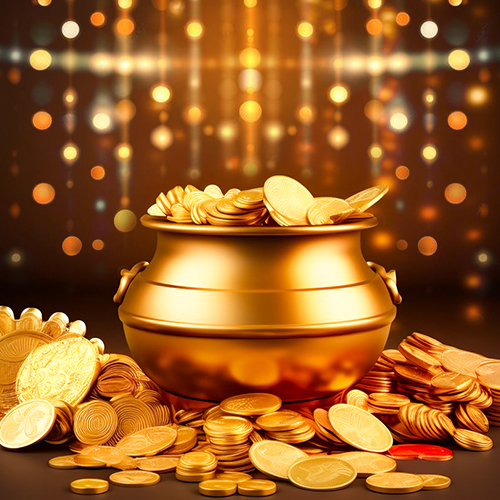
-in-Astrology.jpg)
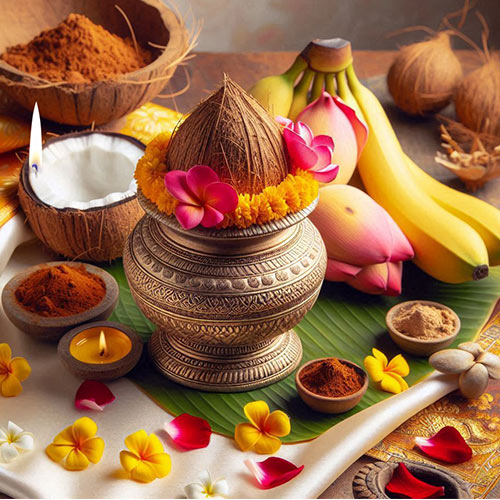
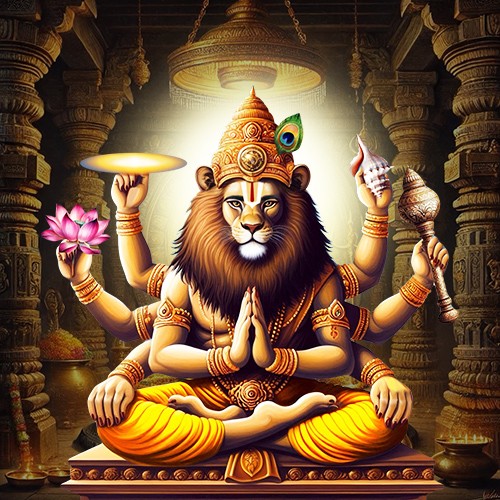
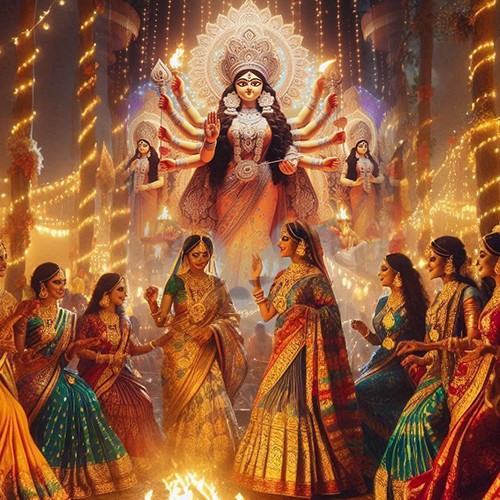
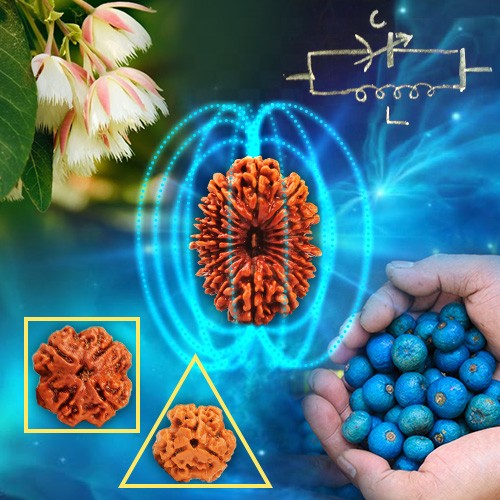

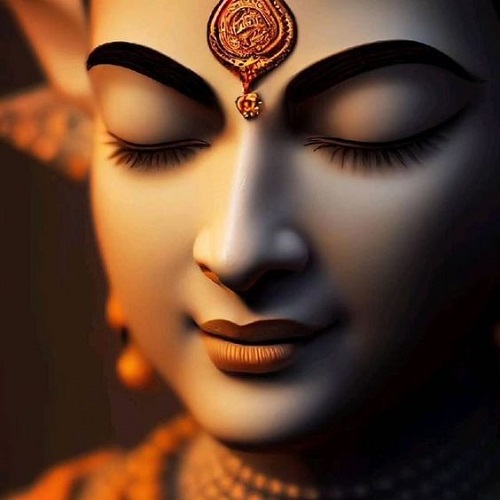
.jpg)
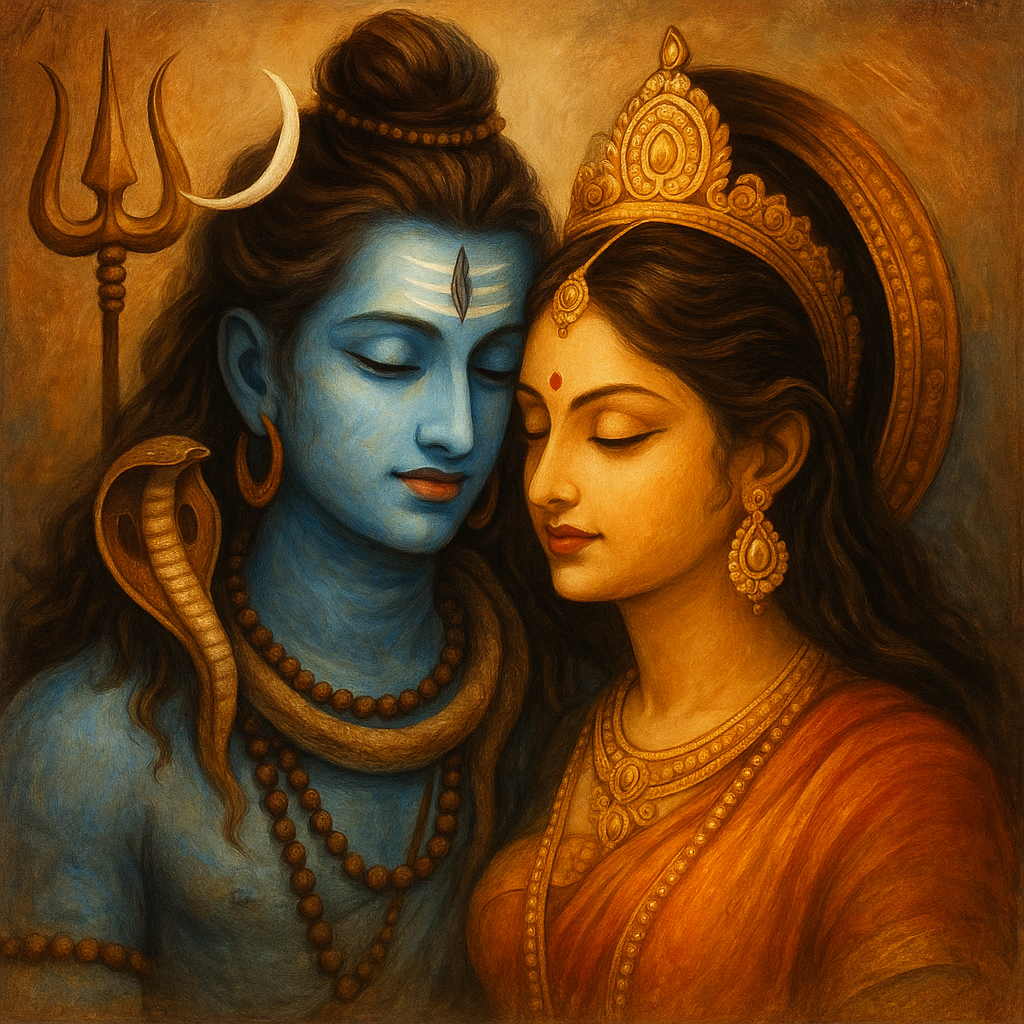

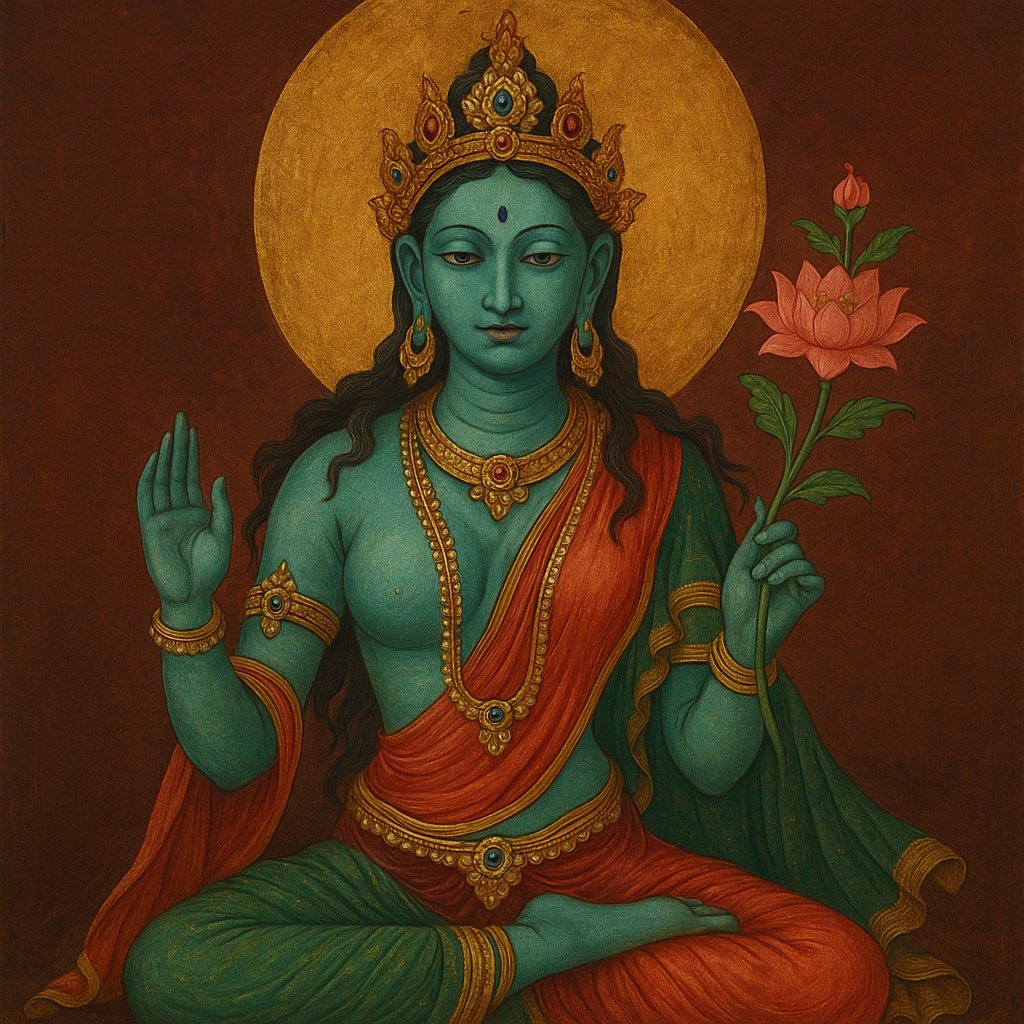
Comments 0
Leave your thought here